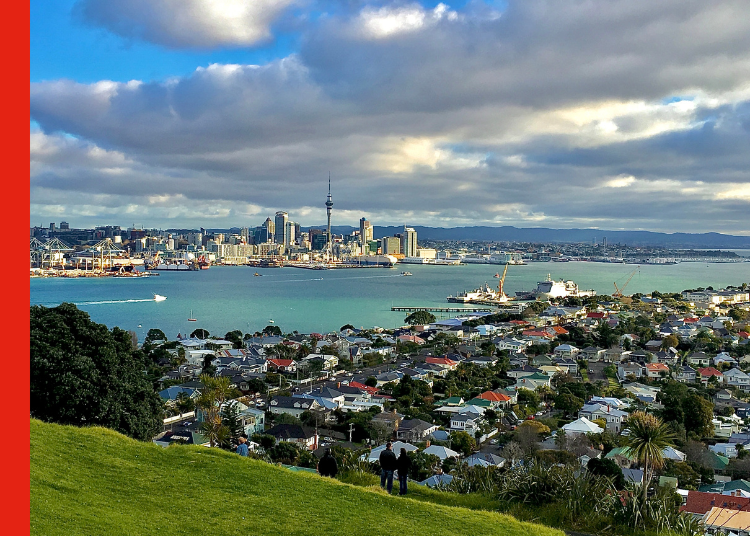
OPINION: In early April, based on the sales we had made in March, I confidently stated that the start of the recovery of the Auckland property market “had arrived”.
Given that we sold 1213 properties in March, and you need to go back 43 months when the market was just off its peak to find a month when we sold more homes, I felt comfortable with taking that stance.
I also made the point I was talking about sales numbers improving, not prices. Invariably, sales numbers increase before prices rise.
Others were a little more skeptical, pointing to the high number of homes for sale, which are at decade high levels. Many see this as a signal the market is continuing to wallow.
When in mid April the Real estate Institute released the national sales data for March, it was pleasing to see that this data too showed the housing market was on the move.
In the first three months of 2025, nationally 17,721 properties changed hands. That’s a 10.3% increase over the number for the same period last year, and a 10% increase is a significant rise in anyone’s language.
Compared to the number sold in 2023 it represents a massive increase of a third.
At the same time, the median sales price across the country in March 2025 at $790,000, was up some 2% on where it was in 2024.
While sales numbers and prices remain nowhere near their peaks of 2021, the trend I am reading into the data is we are achieving growth.
I am also positive about the high number of homes that are for sale.
For decades, housing supply has been tight, and demand has far outstripped supply. It has been a major contributor to rising prices, and prices remaining high.
However, over the past few years the significant increase in the number of homes being built, in combination with the rise in the number of less costly apartments and town houses being part of the mix, supply and price has become less of a factor.
Choice – in terms of location, building type, size and price – is now far greater than it was even a few years ago.
For example, in Auckland in 2023, homes in the under $750,000 price segment were becoming an endangered species.
In the first 3 months of that year, we sold 363 homes in this price category. And remember, this was a year when prices had already fallen from their lofty 2021 and early 2022 heights.
In the first three months of this year, in the same price category, we sold 630 homes. That’s close to three quarters more.
The major factor in more sales in this price segment was the high number of new, lower priced homes reaching the market, not existing homes being reduced in price.
And it was made possible because of the concentrated efforts of decision makers, planners, developers and funders to offer buyers greater housing choice.
A fundamental overhaul in the form our housing takes is underway.
Not all are in favour of the changes being made – or the change in character and street scape of our suburbs.
But it is leading to more people being able to live closer to existing infrastructure and facilities, and getting a start on the property ladder.
And that must be a good thing.
